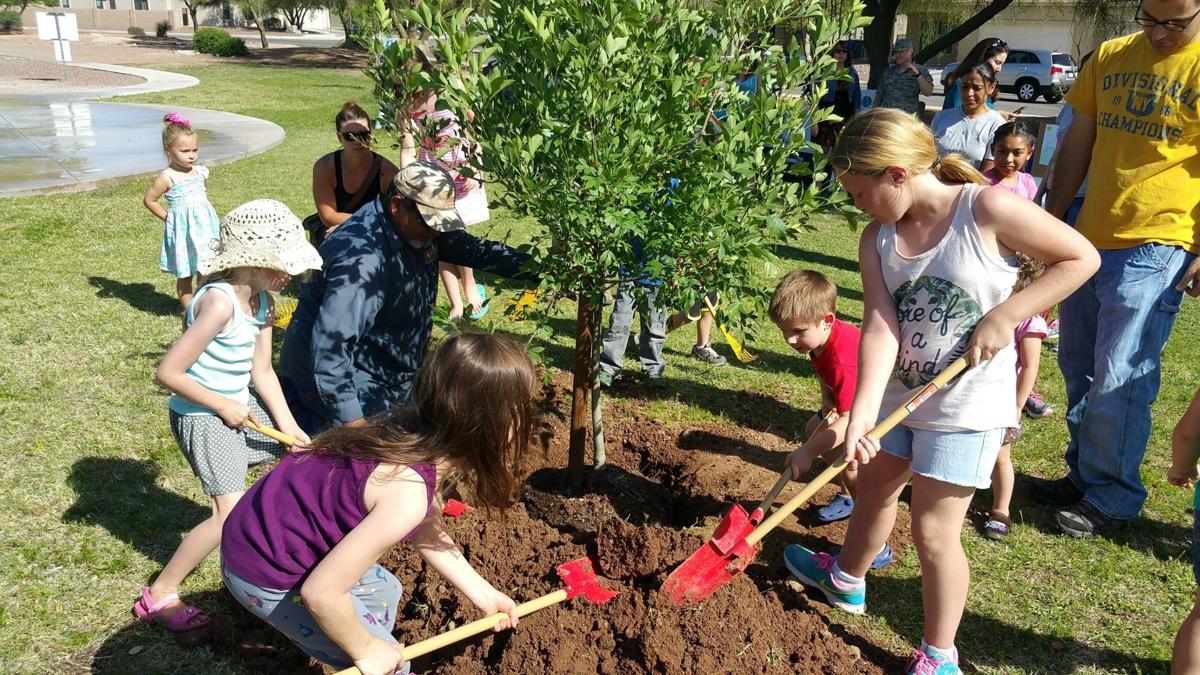Q: My neighbor and I planted an ash tree about a year and a half ago and it appears to have done well. However, now I’m noticing that its leaves are browning distally. Can you tell us what may be occurring here and thoughts on a remedy?
A: The symptom you are seeing is often due to lack of water and salt buildup in the root zone. Since the tree was planted fairly recently, you also need to consider that the roots are still getting established in the new location. Trees lose a majority of their roots when harvested and transplanted, so it can take a couple three years for the roots to grow back and for the tree to resume normal growth. The therapy for both of these situations is infrequent deep watering.
Ash trees naturally grow near water and in a desert landscape they need a good soak to a depth of 24 to 36 inches every two weeks during the summer and every three weeks in the spring, fall, and winter. If it hasn’t been getting this much irrigation, that is likely the problem.
Peter L. Warren is the urban horticulture agent for the Pima County Cooperative Extension and the University of Arizona. Questions may be emailed to





